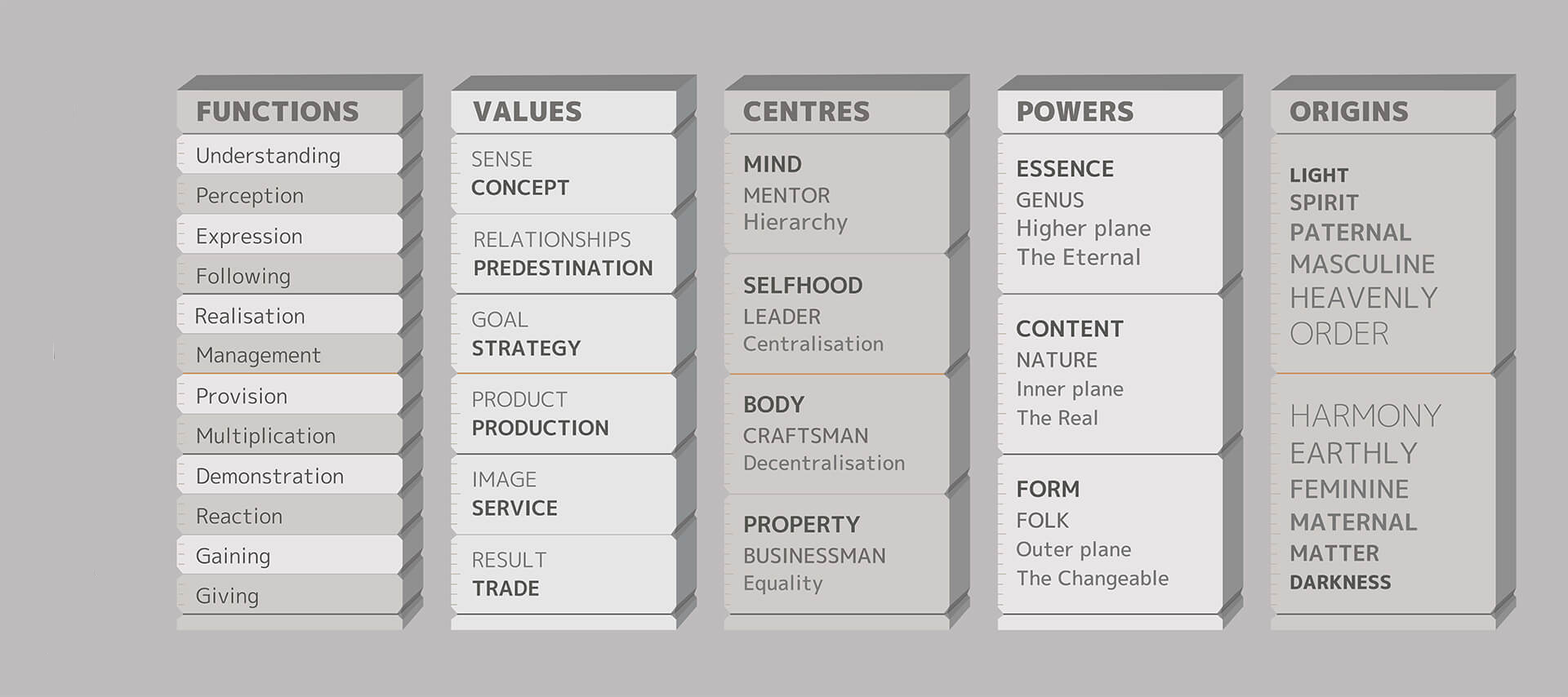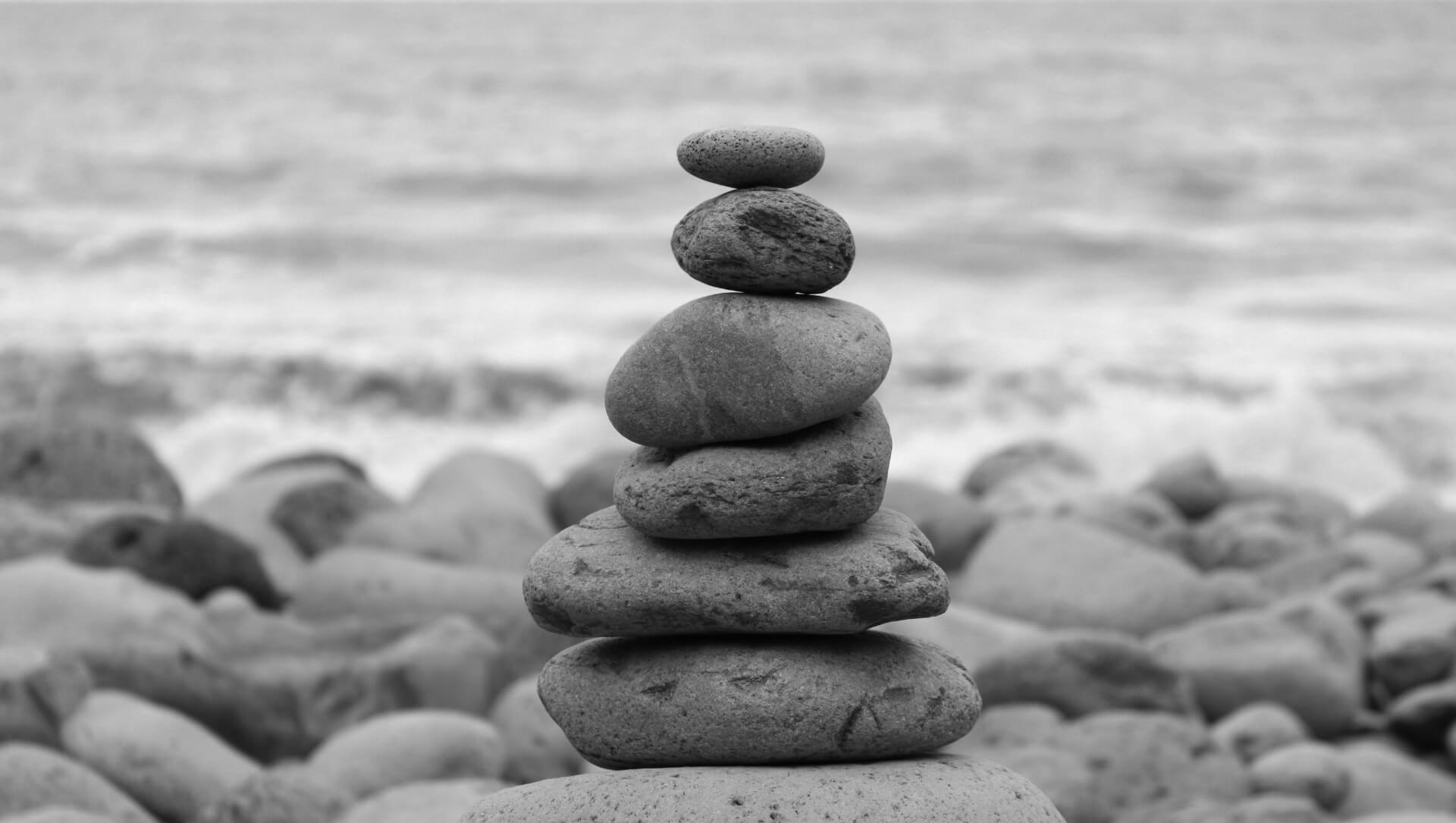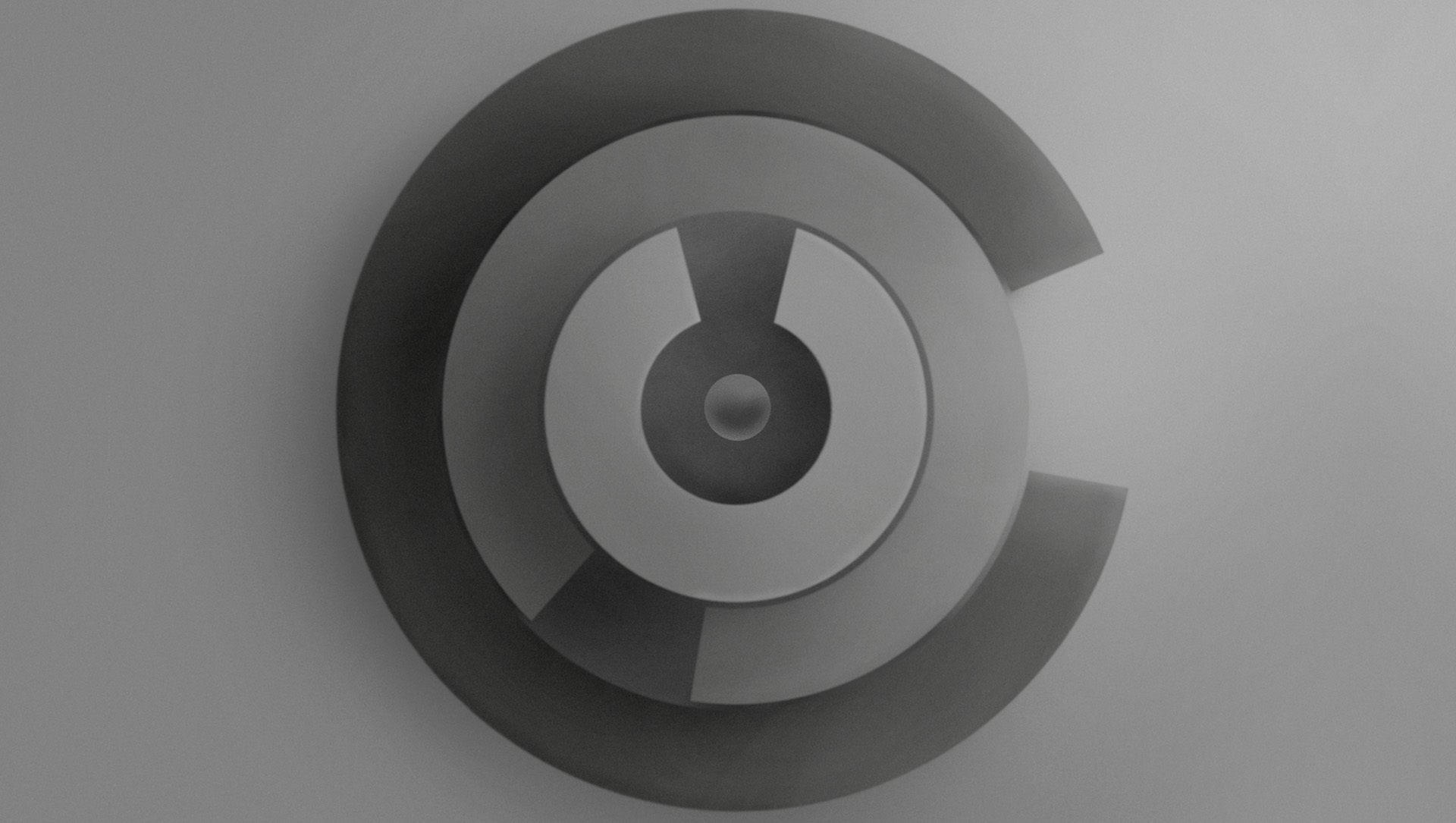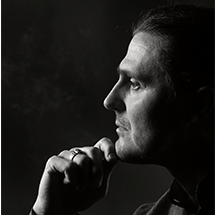INTRODUCTION
The subject of continuous independent education and development, or lifelong learning, has become relevant in the late 60s of the XX century, and since then its importance has been constantly growing. This topic is of particular importance today, in the era of a global crisis that has engulfed all spheres of human life from spirituality, science, education and culture to production, medicine, politics and finance. Sooner or later, each of us will face the need for a cardinal choice of the direction of our development.
The European Universities’ Charter on Lifelong Learning, adopted in 2008 by the European University Association, provides the following definition: “Currently the terminology of lifelong learning embraces many concepts — including initial education for disadvantaged groups, continuing education and training for well-qualified graduates, and post-retirement opportunities for cultural enrichment — and is subject to considerable local, regional and national interpretation.” In practice, this term is usually understood as learning that goes beyond the traditional formats of educational institutions and implies interdisciplinarity, modularity of courses, e-learning, the inclusion of research elements in the learning process and accessibility to a wider social and age range of students.
While noting as a positive factor the scale of European initiatives in this area, their openness and the desire to move away from established routines, we would like to point out the main problem, as we see it — the lack of definiteness of the conceptual framework in the area of human development. Certainly, each individual has his own life situation, prompting him to improve his skills or master a completely new profession. However, the scale of this issue is not limited to one person, a separate category of people or even a country, but is related to where humanity as a whole, headed by its most progressive representatives, should be directed in its development. Therefore, only in the context of universal human development can we raise the question of the development of an individual person, in his individual life situation. This means that universal measures are needed, valid for all people and at all times.
The question is however, on the basis of what systemic measures, or principles, could the concept of education be built? What guidelines should the individual follow in matters of personal development? How to determine the dynamics of movement throughout life and at what stage of this journey does a person find himself at a particular moment in time? How can we make sure that we do not deviate from the right path? Is there a maximum human realisation? In what exactly does one need to strengthen his personality in order to ultimately achieve this maximum fulfilment?
With this publication, we would like to contribute to the formation of an idea of the stages of personal development throughout life valid for everyone. We therefore offer for consideration a system of universal measures of human development that could help in finding answers to the above questions.
SOLUTION
As a natural system of measures of human development, we propose to use the human body.
We did not create our own body ourselves, but received it from the forces above and beyond our reach. It is a universal tool that is closest for us, as a true observer of this life, and used by us for cognizing reality and interacting with it. We will not be able to create a more perfect system than our own body, since everything we produce is only a manifestation of the functional capabilities available to us through the body. Due to its upright posture, it is one of the few vertical phenomena in nature and shows a hierarchy of levels of life, each of which has its own specific function. The higher the level in the body, the more complex the function, and the qualitative performance of it requires a more developed state of an individual. Therefore, we can take our body as an absolute measure, or a measuring scale of our development.
The key tool of our approach is the Universal LiveDevice-Matrix. With its help, we distinguish in the body five integral systems, or scales of different dimensions, each of which contains its own range of values. The principles of how the Universal Matrix is built are described in detail in our publication LiveDevice I. Basics of the Approach.

In fact, this matrix is a universal tool for analysing any issues that a person faces. Accordingly, it can also be applied to the questions of lifelong personal development.

The potential of any individual is naturally concealed from him or her. Will our potential develop fully, or partially? Will it develop in a standard way, or will it take a very personal pattern?

Raja Yoga and LiveDevice indicate the natural ascending levels of human development and should not contradict each other. We check their mutual correspondence.

Description of the method for individual counselling based on the LiveDevice approach
